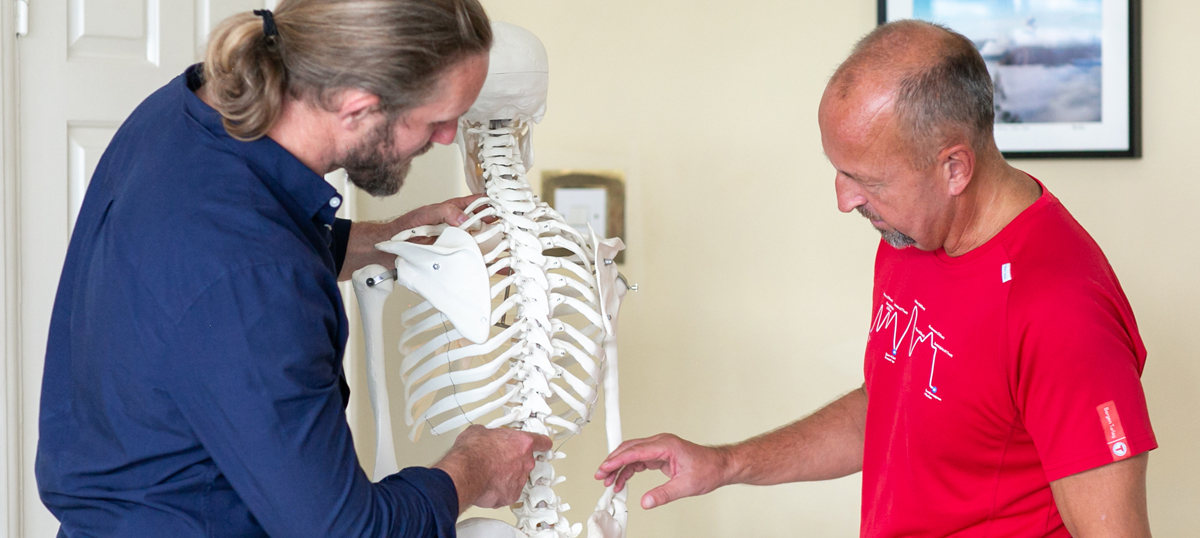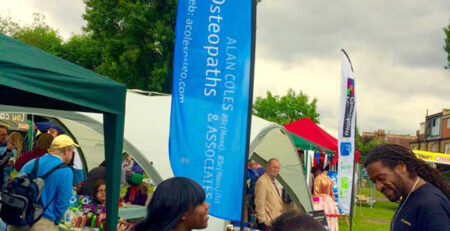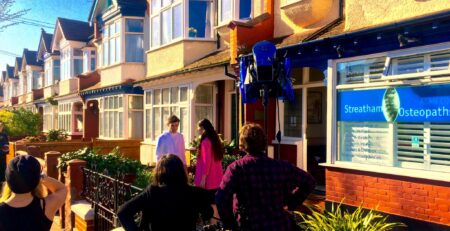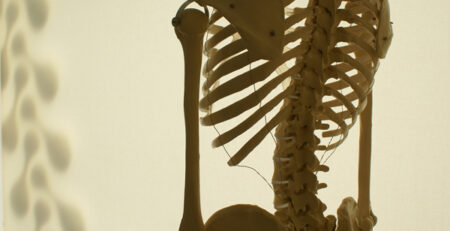Stretching
As an osteopath, one of the most common things I get asked about when the subject of exercise comes up is about stretching.
Everyone seems to know they should stretch, and yet there is a surprising amount of confusion about some of the foundations and goals of what stretching is about. However one thing which people seemingly all know is the need to stretch either before or after exercise or both.
Some confusion is understandable, given there is a lot of seemingly contradictory advice, and this is underlined by the fact that the clinical evidence also seems to say that stretching is either harmful or not.
Adding to the mix is the fact that some people don’t believe in stretching at all, including some high-end athletes.
My own approach is to hopefully arm the patient with an understanding of the goals of a stretching routine and of the tissues involved and how they are likely to be affected by different techniques.
Considerations
- Why; what are the goals?
- When: before or after exercise?
- What: what structures are involved?
- How: static stretching or dynamic stretching, and for how long?
The truth is that while the first two questions are reasonably simple to answer, there is a surprising amount of confusion about exactly how to go about answering the third, which is, after all, where the crux of the matter lies.
Goals
- To prevent or reduce post-exercise pain
- To improve the range of movement at a joint
- To improve muscle strength and responsiveness
- To restore resting muscle tone and prevent hypertonicity
- To improve blood flow
Tissues affected
It’s common to think of stretching as focusing on muscles, but it’s important to bear in mind there are four major tissues which control the range of movement of a particular joint, and stretching will affect all four;
Muscles
- Myofibrils – active contraction
- Fast contraction/relaxation cycle – neurologically controlled
Fascia
- Collagen/elastin fibre mix with myofibroblasts
- Tough, elastic, with some degree of a slow contraction/relaxation cycle
Ligaments
- Collagen > elastin fibre mix
- Little elasticity
Tendons
- Collagen >> elastin fibre mix
- Almost no elasticity
For the purposes of this discussion, I’m going to skip over the tendons and ligaments, not because they’re irrelevant but because the kinds of increase in range of movement needed are usually for specialist sports such as gymnastics or ballet. Instead, I’m going to look at the muscles and fascia, their tissues and function.
Now, traditional stretching normally focuses on a variation of ‘pulling the muscle to make it longer’, but it is important to remember that muscle is the most dynamic of these four tissues and has several mechanisms which affect its tone and, therefore, the length.
Muscle
‘Normal’ muscle contraction is done by myofibrils are under alpha neuron (conscious) control. We normally think that a muscle contracts when we tell it to and relaxes when we don’t, but it is very much more complex than that. It’s important to remember that muscles are never fully relaxed – there is always a degree of contraction happening. When we look at a classic agonist/antagonist pair like biceps/triceps, what we think is that when biceps contract, triceps is relaxed, when what is actually happening is that when we contract biceps, the neurological control of triceps is lessening, but there is still some contraction happening.
As well as conscious control, muscles are also under control from beta and gamma neurons – unconscious control. These are important in maintaining resting tone and in responding to the stretch receptors within the muscle and feeding that back into controlling the degree of contraction.
This is the crux; muscles often respond to being stretched by… contracting the muscle. Stretch the muscle, and you can make the muscle… shorter.
However, these same unconscious neurological controls can also be put to effective use, and indeed, several osteopathic techniques do so. In the biceps/triceps example given above, when biceps are heavily contracted, the gamma gain of triceps is reduced (reciprocal inhibition resulting in a reduction of tone (Mosier & Kohara, 2007).
With post isometric relaxation technique, muscles are put at the physiological boundary, the muscle is isometrically contracted, and then a more effective stretch further into the boundary is possible (Mosier & Kohara, 2007).
Additionally, we can hold the muscle passively in its shortest position, and this has been shown to reduce the gamma gain and so reduce resting tone (Chaitow, 2007). So reducing the length of the muscle makes it… longer.
Fascia
Fascia can be best thought of as a weblike sheet surrounding several muscles in functional groups. For instance, the quadriceps, hamstrings and adductor groups of the thigh are contained within individual fascial sheets. Fascia is composed of a mostly collagen/elastin mix, giving it a degree of both strength and flexibility and within the matrix are also myofibroblasts, which also give a degree of contractility.
Another important property of fascia is its viscoelasticity – it responds to being stretched differently depending on the degree of force it’s put under. If a strong force is put in, it is more elastic; if a slower, more sustained force is put in, the cross bridges between fibres can break down, and it becomes more susceptible to deformation or stretching. Furthermore, this viscoelasticity is further affected by temperature – the connective tissue fibres become more pliable and less brittle when warm.
Myofascia
So, in a living body, muscle and fascia are distinct tissues and respond differently both to physical force and to their control methods, but they act as functional units, working together, so what affects one must affect the other. So now, instead of muscles and fascia, we have groups of myofascia or more accurately, myofascial chains.
The fascia of one compartment can be continuous with that of another to form chains of muscle groups; for instance, the fascia which surrounds the hamstring group of the thigh continues into that surrounding the calf muscles – gastrocs and soleus. This helps us understand how tightness in one fascial group can cause tightness in another.
So now the how – how to stretch.
My own approach is to forget altogether about stretching per se and think more of having a routine which involves some stretches. Before exercise, warm-up requires both activating to increase their blood flow and to literally warm up the tissues – as we’ve seen, when the muscle group’s connective tissue fibres are warm, they are more pliable and less likely to tear.
Under this picture, stretching before exercise, before the tissues are even warm, can actually increase the likelihood of injury, and indeed, there is no clear evidence that pre-exercise stretching reduces injury rates.
The best advice I would give here is to warm up functionally – if you’re running, run slowly to warm up; if a cricketer practises batting or bowling with increasing intensity until the tissues are warmed up. Maybe a few functional stretches to work out particular areas of tightness.
After exercise, again, what are the goals? To restore the muscle to a resting state, reduce muscle tone and increase blood flow.
Under this picture, a functional approach to cooldown, which could include some stretching, would be a better approach. We’ve seen that sustained load can help stretch fascial sheets, so I wouldn’t necessarily discard it, but by applying the principles of function, of changing muscle tone using the neurological control mechanisms, we can achieve better results.
After exercise, we need to restore a resting state in some way. After a 10k run, say, the muscles of the whole body have gone through a precise sequence of contractions around 10,000 times, so it’s no surprise that some transition is needed to get the body back into operating into a resting state.
Gary Gray recommends ‘de-sequencing’ these neuromuscular patterns – running a few yards with shorter, longer, sideways and backwards gaits in order to get the muscles out of the repetitive loading pattern they’ve been in. There is a great video on this here.
If particular areas still feel tight and massage isn’t an option, then some stretching may be needed, but pure static stretching doesn’t fit with the functional model, which is how the body works. My advice is always to try dynamic stretching, and if you don’t know a particular stretch, then search YouTube for dynamic stretches of the hamstrings, which will give you lots of options to try.
So to conclude – traditional static stretching is unlikely to lengthen muscles directly, although it is likely to affect the fascial sheets which surround them. In order to decrease muscle tone and increase length, some dynamic or functional stretching is likely to be more effective as it affects the neurological paths that control muscle tone and can affect the fascia along an entire myofascial chain.
References
Simic et al., 2012. Does pre-exercise static stretching inhibit maximal muscular performance? A meta-analytical review. Scan Jour Med Sci. 2013 Mar;23(2):131-48
Kay and Blazevich, 2012. Effect of acute static stretch on maximal muscle performance: a systematic review. Med Sci Sports Exerc. Jan;44(1):154-64
